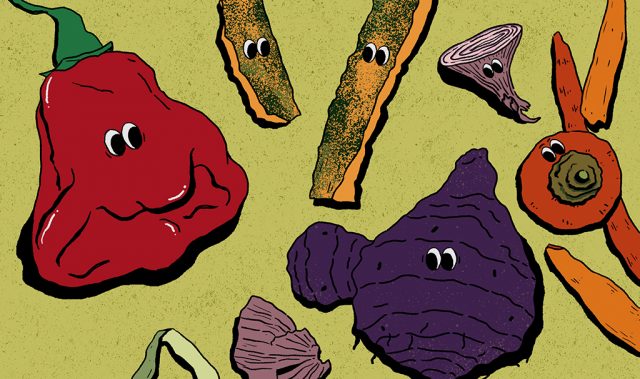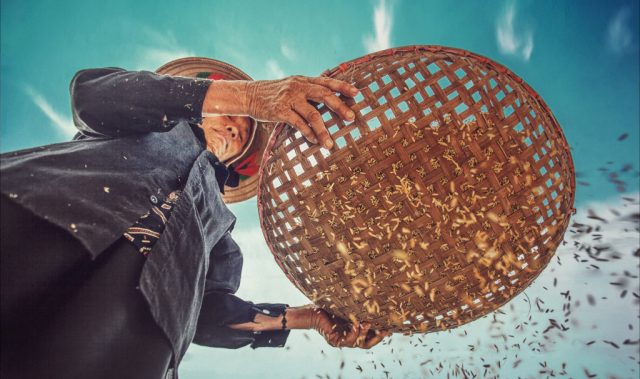
AsianScientist (Jan. 28, 2019) – Scientists from Nanyang Technological University (NTU), Singapore, have developed an all-natural food stabilizer from the seeds of the durian fruit. They published their findings in Frontiers in Sustainable Food Systems.
The durian, a thorny fruit known for its unique taste and smell, is widely known as the king of fruits in Southeast Asia. After the thick and pungent-smelling flesh has been consumed, durian seeds are normally thrown away.
In this study, scientists led by NTU’s Professor William Chen have discovered a method to harvest thick gum from durian seeds and turn it into a natural food stabilizer. Typically, gelatin and gum are used as stabilizers to give food items such as soft candy and sweeteners a uniform texture. Sugar-protein biopolymers within gelatin and gum are responsible for binding ingredients together.
The researchers demonstrated that durian seed gum not only contains the necessary elements to serve as a food stabilizer, but also supports probiotics—good bacteria that help people maintain a healthy digestive system. They found that durian seed gum was 20 percent more effective than commercial food stabilizers in prolonging the lifespan of regular powder-based probiotics. Under refrigeration, the probiotic count in commercial stabilizers was significantly reduced after five weeks, compared to two months for the durian seed stabilizer.
Chen’s team noted that because their durian-derived food stabilizer is devoid of animal components, it is also suitable for vegetarians, providing food makers with an alternative to gelatin, which is obtained from animals. He added that the durian gum can also be used directly as a cheap medium for growing probiotics bacteria, leading to lower production costs for probiotic beverages.
“The total cost for conventional industrial processes to produce probiotic compounds is estimated at about S$60 for every liter of the growth medium. In comparison, our [method of producing and harvesting probiotics] would only cost around S$13 per liter, which is 4.5 times more cost effective,” said Chen.
“On average, six million durians were consumed by Singaporeans in the first half of 2018. If each durian contained around 300 grams of seeds, 3,600 tons of seeds were thrown away that year. By using durian seeds, we not only demonstrate that food by-products can be upcycled in a cost-effective way, but also show how they can be beneficial for industry and society,” he concluded.
The article can be found at: Lee et al. (2018) Dual Use of a Biopolymer from Durian (Durio zibethinus) Seed as a Nutrient Source and Stabilizer for Spray Dried Lactobacillus Plantarum.
———
Source: Nanyang Technological University; Photo: Shutterstock.
Disclaimer: This article does not necessarily reflect the views of AsianScientist or its staff.












